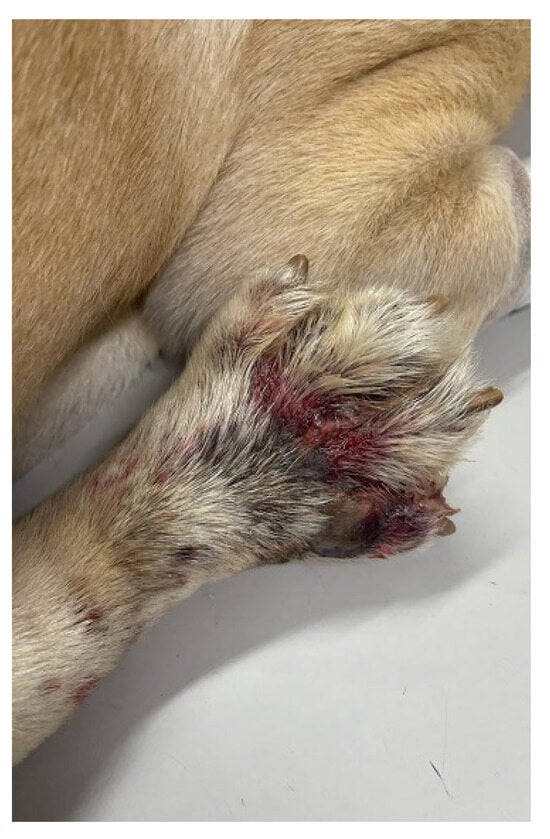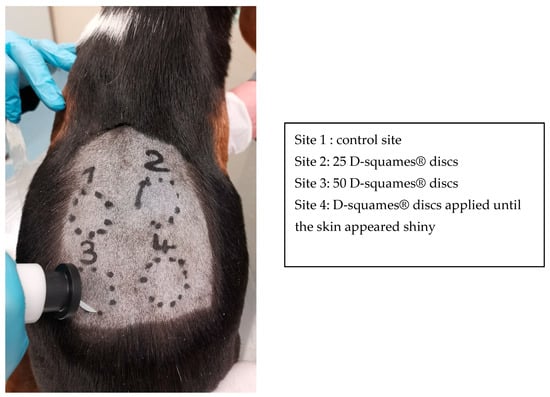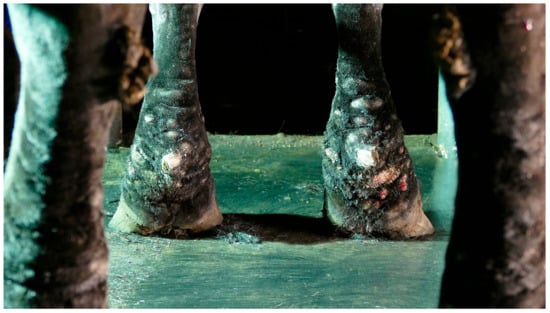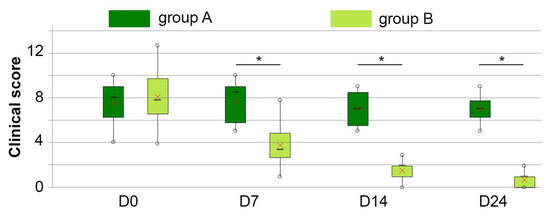Advances in Animal Dermatology
A topical collection in Veterinary Sciences (ISSN 2306-7381). This collection belongs to the section "Anatomy, Histology and Pathology".
Viewed by 12364Editor
Interests: dermatology; canine atopic dermatitis; ectoparasites; therapeutics; dogs; cats; farm animals
Special Issues, Collections and Topics in MDPI journals
Topical Collection Information
Dear Colleagues,
Dermatology is a discipline characterized by a growing importance in veterinary medical activity and a constant and particularly rapid progress of knowledge favored by specific and vigorous clinical research.
This Topical Collection of Veterinary Sciences, “Advances in Animal Dermatology”, will publish original articles, brief communications, case reports, case series, and reviews on the latest issues of the skin diseases in companion and large animals. It will encompass all aspects of veterinary dermatology: preclinical and clinical research, and diagnosis and treatment of various skin disorders, including, but not limited to, allergies, infections, ectoparasites, otitis, skin oncology, congenital anomalies, or cutaneous manifestation of systemic diseases.
Based on your expertise in this field, we think you can effectively contribute to the success of this initiative. We also hope that this collection will stimulate closer collaboration between researchers in veterinary and medical sciences in addressing this important topic in small-animal medicine.
Dr. Marie-Christine Cadiergues
Collection Editor
Manuscript Submission Information
Manuscripts should be submitted online at www.mdpi.com by registering and logging in to this website. Once you are registered, click here to go to the submission form. Manuscripts can be submitted until the deadline. All submissions that pass pre-check are peer-reviewed. Accepted papers will be published continuously in the journal (as soon as accepted) and will be listed together on the collection website. Research articles, review articles as well as short communications are invited. For planned papers, a title and short abstract (about 100 words) can be sent to the Editorial Office for announcement on this website.
Submitted manuscripts should not have been published previously, nor be under consideration for publication elsewhere (except conference proceedings papers). All manuscripts are thoroughly refereed through a single-blind peer-review process. A guide for authors and other relevant information for submission of manuscripts is available on the Instructions for Authors page. Veterinary Sciences is an international peer-reviewed open access monthly journal published by MDPI.
Please visit the Instructions for Authors page before submitting a manuscript. The Article Processing Charge (APC) for publication in this open access journal is 2600 CHF (Swiss Francs). Submitted papers should be well formatted and use good English. Authors may use MDPI's English editing service prior to publication or during author revisions.
Keywords
- dog
- cat
- exotic animals
- ruminants
- horses
- skin diseases
- diagnosis
- treatment
- prevention
Related Special Issue
- Advances in Small Animal Dermatology in Veterinary Sciences (15 articles)










